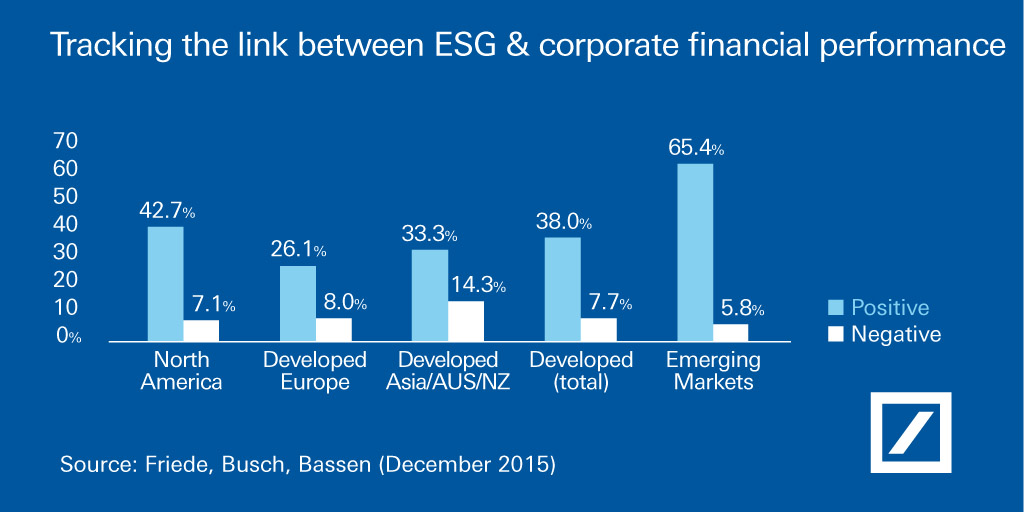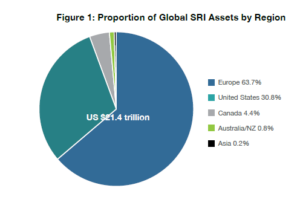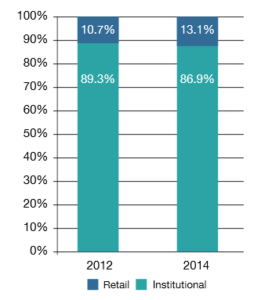Best Blogs of the Week #249
Power. A President’s power on the global markets. As we’re one day from selecting (please let there not be a tie) the 45th POTUS, it’s a topic that is on many American minds. The Loomis Sayles post shares market impacts directly tied to Presidential power.
BlackRock – Are International Markets Back? – Very slowly, almost stealthily, international equity markets are clawing back relative to the United States. On a dollar-adjusted basis Japanese stock returns are now on par with the United States, with both the S&P 500 and the Nikkei 225 up around 4.5% year-to-date.

Loomis Sayles – – The president has enormous powers to tear up trade agreements and, in many cases, to impose tariff penalties to advance US interests as interpreted by the president.
SSgA – It’s About Time: Using ‘Satisficing’ to Help Clients Make Better, More Efficient Decisions – For all investors, “satisficing” can be the foundation of a more structured process around investment decisions. Satisficing—which combines satisfying and sufficing, and was coined by behavioral economist Herbert Simon—is a way to manage uncertainties in the decision-making process, to stay focused on goals and to avoid being overwhelmed by unlimited information.







 JPMorgan –
JPMorgan – 



